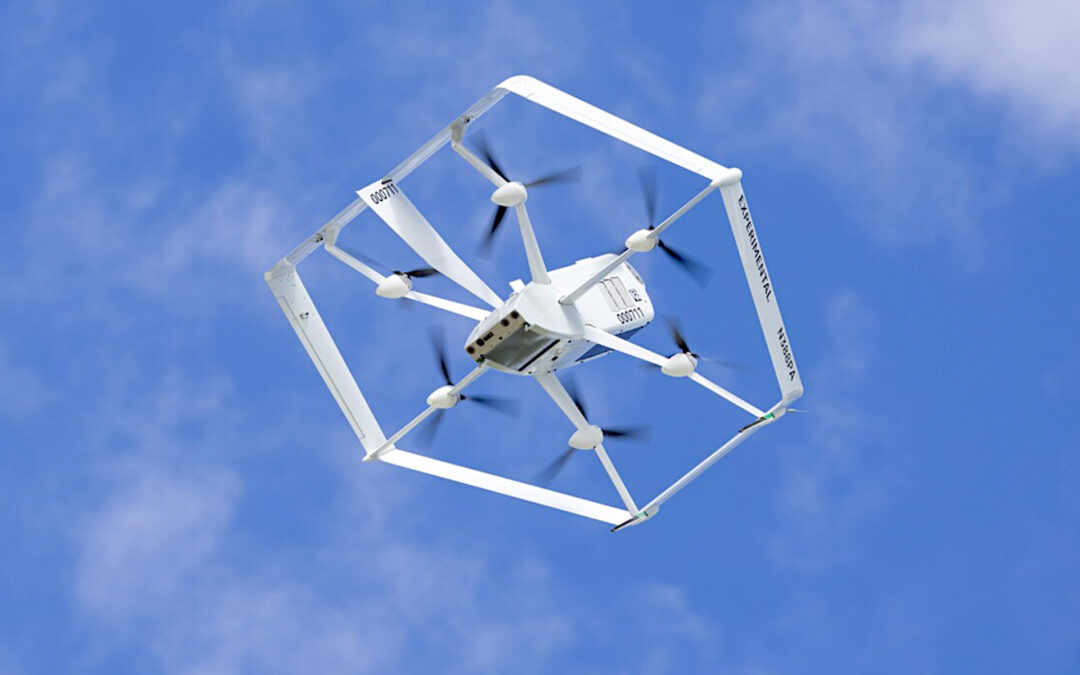Consultant Accenture has launched the Metaverse Continuum as a business service to help clients explore the opportunities that virtual reality systems offer and debuted relevant trends based on its research.
Accenture especially focused on four trends it identified:
WebMe. The Internet is being reimagined, and the past years have spurred companies to explore new modes of digital experience and pushed people to live through virtual experiences more than they might have imagined. The emerging, even more comprehensive metaverse is reconciling how the Internet is designed with what consumers want it to provide. Metaverse and Web3 innovations can transform the fundamental underpinnings and operation of the virtual world. Rather than viewing the Internet as a disparate collection of sites and apps, metaverse developers envision a persistent 3D environment, with its own sense of place, where moving from a dedicated workspace to a comprehensive social platform is as simple as, and likely easier than, walking across the street.
Programmable World. The value of new virtual worlds would be limited except for parallel changes that anchor them in the physical one. Programmable worlds track how technology exists in our physical environments in increasingly sophisticated ways then project how the convergence of new technologies such as 5G can change the way businesses interact with material reality and will change it moving forward. Programmable worlds will unlock an unprecedented level of control, automation and personalization using virtual settings as conduits. Digital technologies have proliferated across the physical world with cameras popping up all over, smart devices waiting to serve immediate needs and microphones to take commands. Now, advances in natural language processing, computer vision and edge computing are improving device capabilities. Devices are becoming an ambient and persistent layer across human environments. The global 5G rollout only sets the stage for more low-power, low-latency connected devices, and researchers are creating even more transformative technologies, such as AR glasses, smart materials and even programmable matter.
The Unreal. Our environments are increasingly filled with machines that are, in some ways, passably human. Unreal qualities are becoming intrinsic to operations involving AI and the data it produces. But bad actors are using it, too, in deepfakes, bots and more. Business has been thrust into the forefront of a world questioning what’s real, what isn’t and how much the line between those two really matters. Fakes may frighten us but what about the case of speaking to a medically programmed synthetic nurse about a skin rash? In the future, people will judge authenticity on such factors as provenance as it reflects specific history, policy as in what are the restrictions in operation, people and who is responsible, and purpose or what it’s trying to do.
Computing the Impossible. The outer limit of what is computationally possible is being thrust back by a new class of machines that is moving into the marketplace. Quantum, biologically inspired and high-performance computers are allowing companies to tackle the biggest challenges in their industries. Every industry has “grand challenges” that define boundaries and inform the core products, services and strategies within them. For example, the financial services industry operates on the assumption that predicting the stock market and accurately modeling risk is exceptionally hard to do. What if it weren’t? Soon, emerging machines will make overcoming core challenges achievable.





